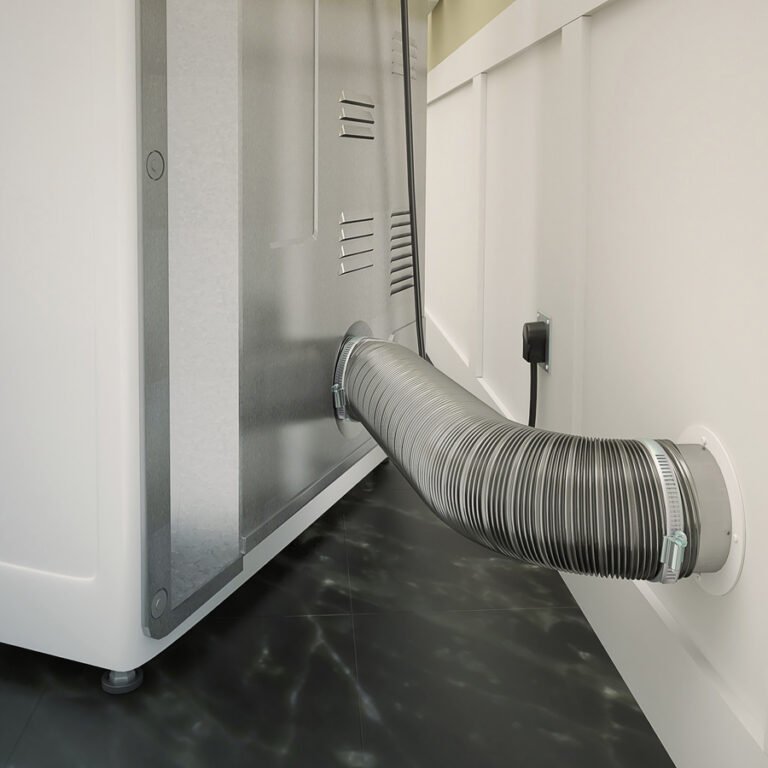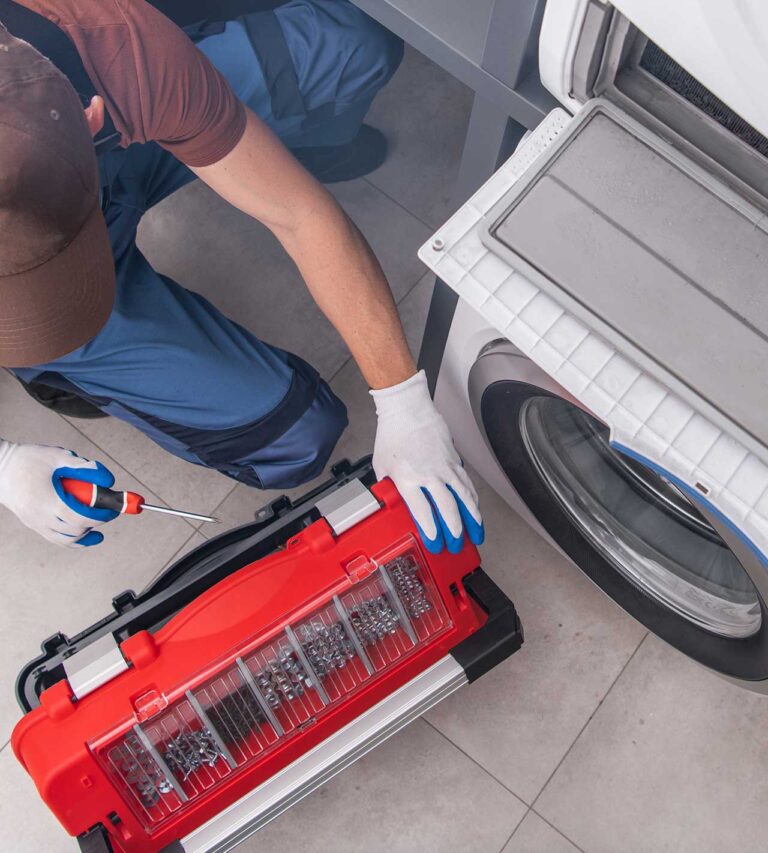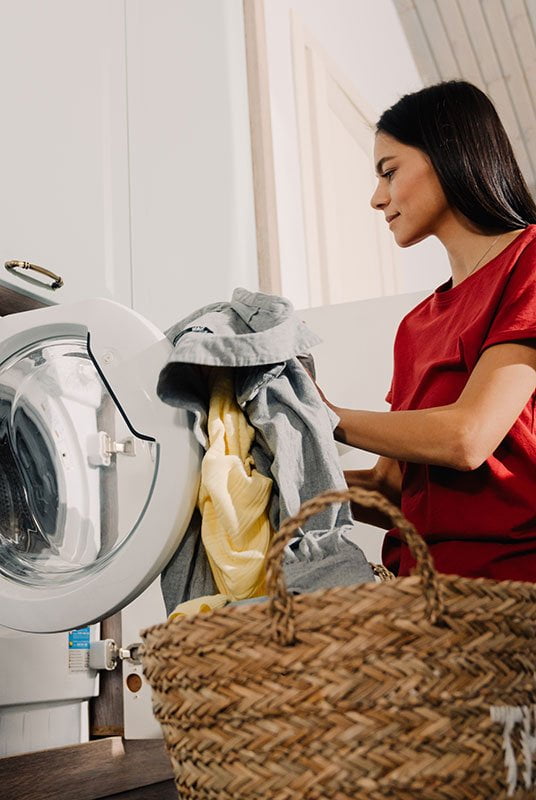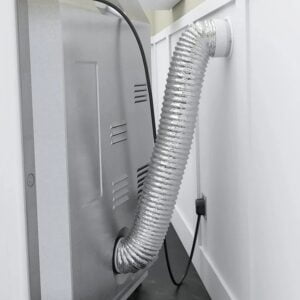
An efficient dryer vent setup saves money and reduces chances of a fire hazard.
Often a neglected part of the house, a good dryer vent setup is one that allows air to flow freely from the dryer out of the home, while preventing as much of the lint and debris from building up as possible. Most of the time it’s an affordable and easy upgrade in your home and it can save money in the long run.
First let’s review the basics of an efficient dryer vent/exhaust setup.
Planning an efficient dryer exhaust setup
The ideal venting system should be made of rigid metal ducting that is smooth on the inside and has as few bends and turns as possible to reduce air resistance. The vent should terminate outside the home and be protected with a vent hood to prevent pests and weather elements from entering.
Additionally, there should be adequate space around the dryer for air to circulate and prevent overheating.
It’s important to regularly clean the dryer vent system, including the lint trap, ducting, and vent hood, to reduce the risk of a dryer-based hazard while improving the performance of the dryer.
5 Star Furnace & Duct Cleaning can also ensure your safe and effective dryer vent operation with annual cleanings.
What does the best dryer vent setup look like?
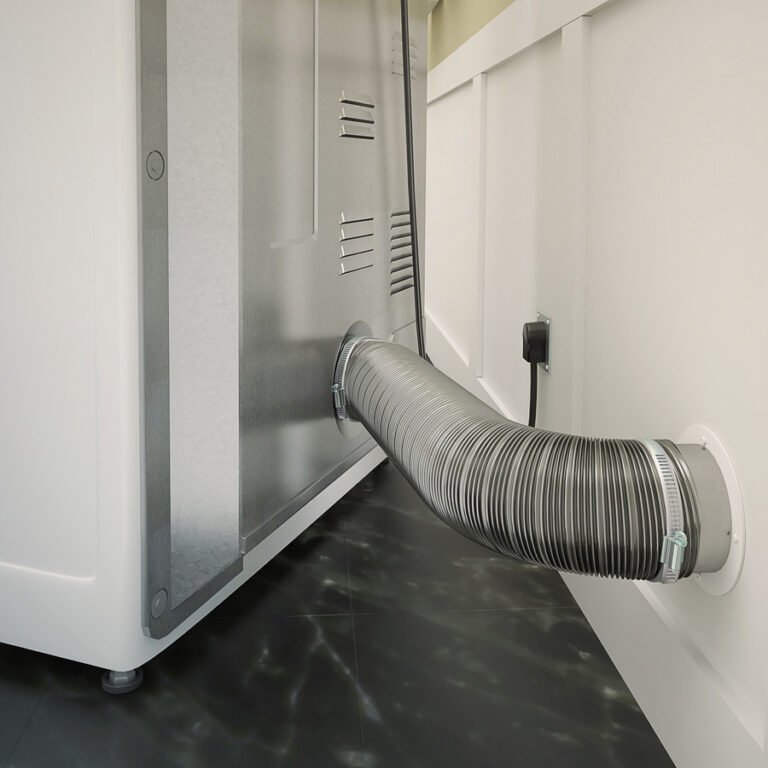
There are a wide range of dryer exhaust setups that vary depending on the exhaust location, placement of the dryer, and available space. We’ve found the best setups are short, simple, and have less bends.
The angle, distance, and path the air has to travel will be a factor in efficiency, as well as affect operation costs. If you have your dryer in the basement, the exhaust has to travel upwards, reducing efficiency. If on a higher level, the dryer will tend to exhaust downward. It can also be level, or slightly higher from where the dryer sits without affecting efficiency too much.
Best practices for your vent setup
Recommended:
- Use rigid or semi-rigid metal ducts (fire resistant foil flex vents also work and might be easier to install)
- Use metal or heat resistant clamps/elbows
- Least amount of bends
- Smooth on inside of vents
- Short distance from dryer to exterior vent
- Use foil tape if needed
- Crimpled ends of duct elbows should point in direction of the airflow
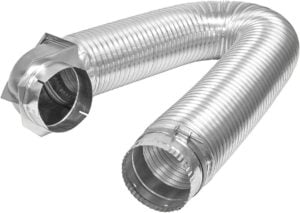
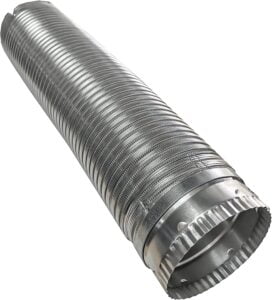
Not recommended:
- Avoid abrupt turns or kinks
- Don't vent into chimney as exhaust
- Try to avoid completely vertical vents to prevent lint buildup, put on an angle where possible
- Avoid using flammable vent material (including white vinyl and foil flex vent tubes that aren't heat/flame resistant)
- Don't squish your exhaust vent behind the dryer
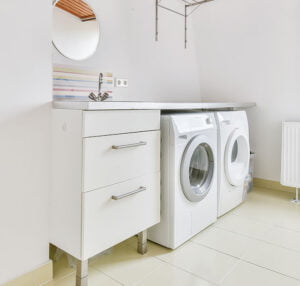
In conclusion
With an efficient dryer vent exhaust in place, you’ll be saving money, reducing maintenance costs, extending the life of your dryer, and will have also taken steps to reduce your chance of a fire hazard. All on a low budget.
As much as we enjoy cleaning your ducts, it’s always a good idea to make your home a safer place.




